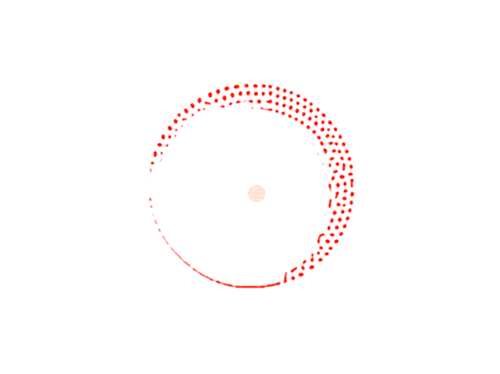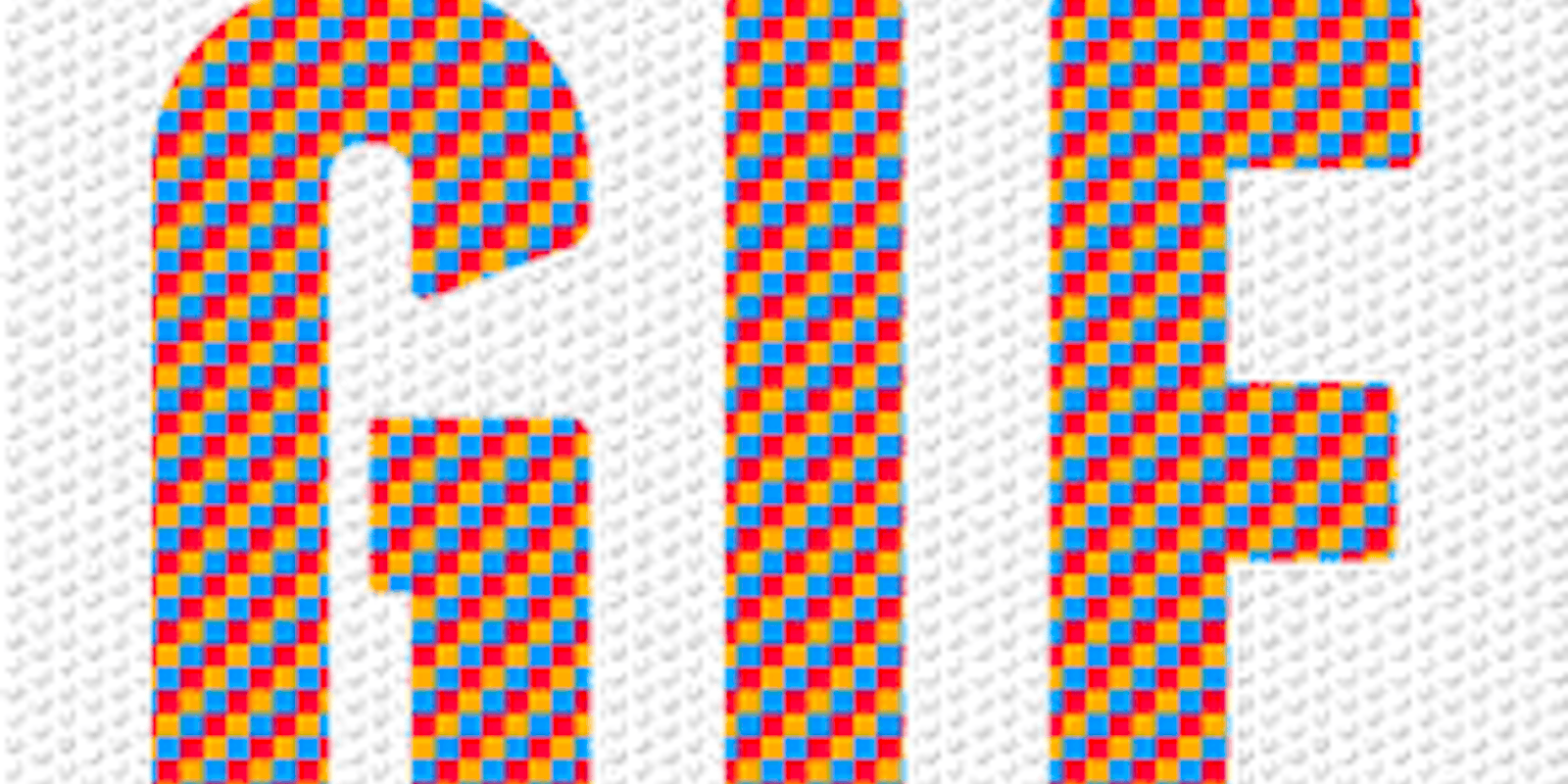Here at the Daily Dot, we have an unofficial tradition of sharing GIF images with each other every morning. Now we’re looping you into the circle. In the Morning GIF, we feature a popular—or just plain cool—GIF we found on Reddit, Canvas, or elsewhere on the Internet.
Artist Kazumasa Teshigawara couldn’t sleep following the March 2011 earthquake and tsunami that devastated the eastern coast of Japan. More than 15,000 people had died and millions of households were lost in what the World Bank has called the most expensive natural disaster in world history.
For Teshigawara, a Tokyo resident, it was the unbearable level of anxiety that was the most difficult to bear.
“The earth shook, and it felt like I was fainting. At night, I saw the land vastly covered in flame, and in the morning, I saw the land was turned into an ocean,” Teshigawara, 35, told the Daily Dot. “It was the first time to experience the scares from the invisible radioactive substance. The people in Japan were going through a relentless cycle of extreme anxiety and a bit of relief, every time they heard the news. And this was happening to everyone, all at the same time. I felt that this experience was making me deeply moved, in a way I never was.”
Over the course of the following week, Teshigawara created Today’s Smile, a powerful Flash animation that uses lines, music, and light to recreate the nuclear fallout and the anxiety the events caused. The animation has since been turned into a GIF animation by David Ope that has collected more than 740 notes on Tumblr in less than 24 hours.
The GIF only captures a small portion of Teshigawara’s Flash animation, but the meaning behind both pieces is essentially the same, he said.
The red dot is the Japanese symbol of the “rising sun,” and it is Japan itself. The sounds of the waves, and the black fog-like substance that ooze out of the red circle — they are showing the (current) wind direction near the Fukushima nuclear power plant. I’m sure you can imagine what kind of meaning this had at the time. In the next half you see the explosion-like effects. The flashes of light and the electronic sounds symbolize the power of the earthquake and the moment of explosion; the line-like structures and colorful borders that immediately seep in are representing the invisible radioactive waves, and the shockingly fast tsunami that fed through the land, which, in essence, may as well be ‘death creeping in.
Clean-up efforts and rebuilding continue on the island. Teshigawara said he helps family directly affected by the tsunami relocate. And yet, while things seem to be improving for Japan, it is not back to normal, he said.
“It might look strange from the outside, but our country is on her toes, constantly worried about the next earthquake and the effects of radioactivity,” he said. “Anxiety, not of impulsiveness, but in slow gradation. I’m in it too. And it will go on for a while. I wonder, what kind of effects this will have on us.”



